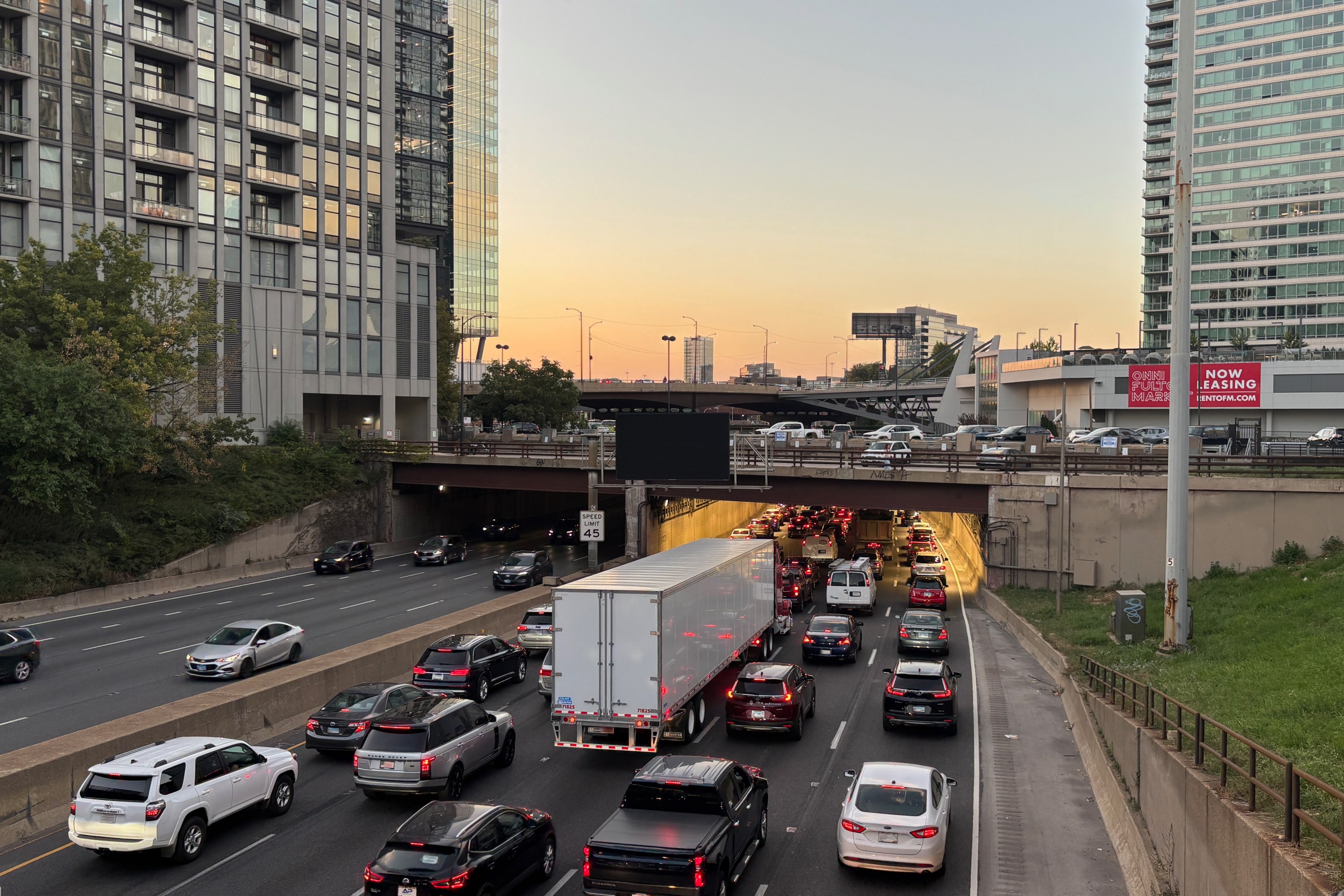The New York Times came out advocating for progressive transportation policies in its Sunday City section editorial, saying that the departure of DOT Commissioner Iris Weinshall presents "a great opportunity to take bold action on a vexing quality of life and health issue: traffic congestion."
After giving Weinshall props for her actions on the Queens Boulevard front (and taking her to task on the Staten Island Ferry crash), the Times goes on to say how much more needs to be done, voicing some arguments that probably sound mighty familiar to Streetsblog readers:
Whoever gets the job should waste no time in helping to secure federal money to study ways of relieving traffic, including the possibility of congestion pricing. Washington has recognized that the nation's cities need traffic controls, and millions of dollars are being offered to municipalities seeking solutions. New York should claim its share.
There has been a lot of pushback on the idea of congestion pricing, in which drivers would be charged a fee in the most heavily trafficked part of the city, Manhattan south of Central Park. Opponents portray the fee as a regressive tax that would be hard on small businesses, but versions of such a charge in London, Stockholm and elsewhere show promising results, reducing traffic apparently without impeding commerce.
As a quick second act, the next commissioner could take a bite out of congestion and set an example for the rest of city government by revoking its workers' parking permits, an idea promoted by Transportation Alternatives, a nonpartisan advocate for reduced car traffic. City workers from all departments, the police in particular, regularly abuse the privilege -- the permits amount to a free pass to park, even double-park, anywhere -- especially in Lower Manhattan and downtown Brooklyn.
In the larger picture, the new commissioner should treat city transportation as the regional issue it is. Much of the traffic on the most heavily used streets originates in outlying areas. Workers are commuting from ever greater distances. Sometimes that is a matter of necessity, sometimes it's a matter of perceived convenience.
The city would benefit greatly from a transportation leader who promotes use of public transit, walking and cycling as not just a way to a destination, but as a way of life.





